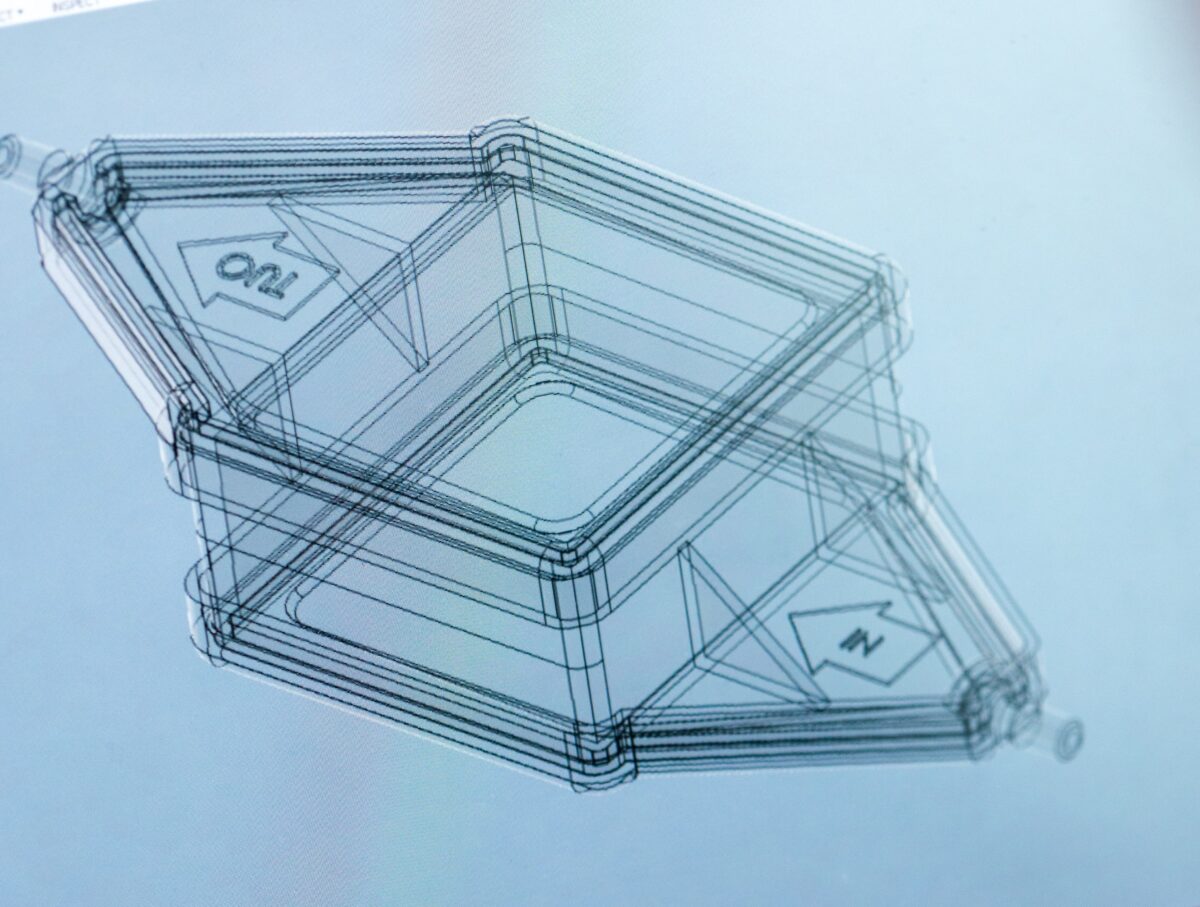3D printing has been one of the technologies that has had a major influence over the past years, for both businesses and consumers. Businesses have been able to use the printers for faster prototyping processes, and digital manufacturing, whereas consumers have been able to create products and tools in their own homes (Rayna & Striukova, 2016). This was made possible because 3D printers have been becoming increasingly cheaper, and thereby, accessible for everyone.
The faster prototype processes are useful for many companies, as different versions of products can be tested much faster. However, this particular use of 3D printing is limited in possibilities when looking at how it could change supply chains and business models in general. Digital manufacturing and 3D metal printers, on the other hand, still have major growth potential to change how current supply chains work.
The opportunities of metal printing
3D metal printers have a lot of potential to change how manufacturing currently works: they could make companies more efficient, and production less costly (Jordan, 2018; Nichols, 2020). Just like a regular 3D printer, metal printers are able to produce many different parts, which can be completely specific to what the user wants when they are needed. By doing so, bottlenecks for certain parts in the supply chain could be removed completely, and traditional manufacturing could become obsolete. Some firms have already started doing this. For example, Airbus has already has been printing tons of specific metal parts each month in-house since 2018, and metal printing has been providing solutions for specific microchips in the medical field (Jordan, 2018).
The constraints of metal printing
Although metal printing has the ability to change how supply chains currently work, some issues on it still have to be resolved. First, although regular 3D printers have been becoming cheaper (Rayna & Striukova, 2016), the same trend has not fully set through in metal printing yet. A small 3D metal printing machine can currently be purchased for $5000 dollars, which could still be useful for rare parts with high lead times (J., 2018), but won’t provide large-scale manufacturing solutions. Printers that are capable of doing that are priced closer to $100,000 dollars instead. The good news is that these prices have been declining steadily overtime.
Second, there are few people with the knowledge to utilize the possibilities of metal printers fully (Jordan, 2018). The reason for this is that 3D metal printing in requires knowledge in engineering, computer science, and metallurgy among others. Such talented people are currently in short supply Companies that see the possibilities of metal printing would have to embrace the need for training in order to overcome this problem.
What do you think? Will companies be able to overcome the constraints of metal printing, and be able to use it as one of the main methods for manufacturing?
J., M. 2018. Iro3d lowers the cost of 3D metal printing with a $ 5,000 machine. 3dnatives. https://www.3dnatives.com/en/iro3d-lowers-cost-3d-metal-printing-machine-271120185/.
Jordan, J. 2018. 3D Printing: 101–124. MIT Press: Essential Knowledge series.
Nichols, T. 2020. Why David Irving Calls 3D Metal Printing A ‘Disruptive Technology’ For N.B. Manufacturing. https://huddle.today/why-david-irving-calls-3d-metal-printing-a-disruptive-technology-for-n-b-manufacturing/.
Rayna, T., & Striukova, L. 2016. From rapid prototyping to home fabrication: How 3D printing is changing business model innovation. Technological Forecasting and Social Change, 102: 214–224.

